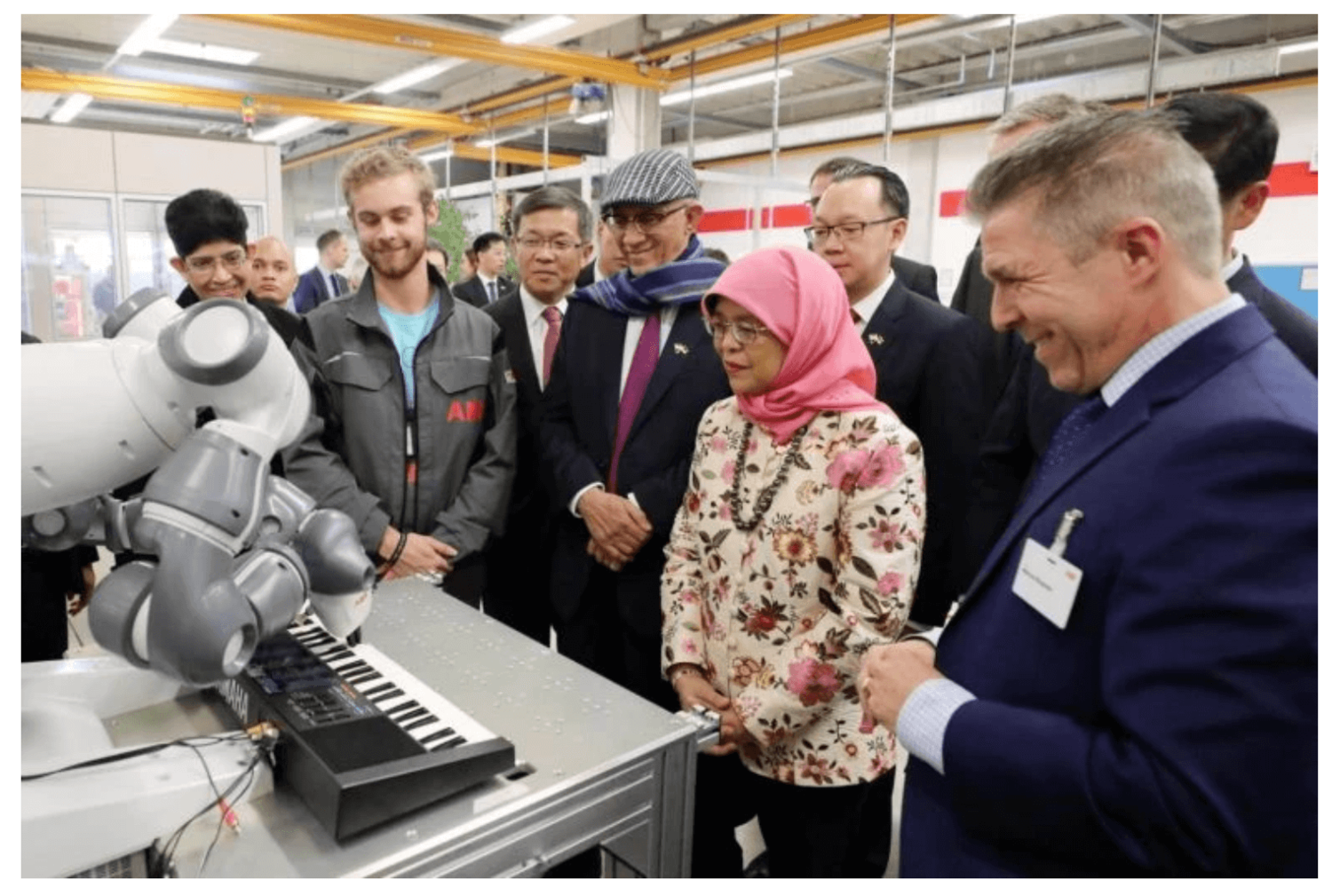.jpg)
From 1 June, graduates from the classes of 2019 and 2020 can apply for traineeship opportunities under a novel initiative implemented by the Ministry of Manpower (MOM) and Workforce Singapore (WSG). This initiative applies to students from the Institute of Technical Education, Polytechnics, Universities and other educational institutions.
Before we explore the potential implications of traineeships on the world of work, let us understand how traineeships differ from existing employments options for fresh graduates.

Seedly’s Blog has a detailed breakdown of the SGUnited Traineeships Programme. (Source)
As the term “traineeship” implies, graduates participating in the programme will be given opportunities by host companies to develop professional skills for the industries of their choice to best prepare them for full-time employment when the recessionary effects on hiring subside. Host companies must have developmental plans for trainees approved by the Singapore Business Federation to be eligible to accept trainees.
Unlike internships, traineeships last up to twelve months, providing for greater exposure to the business and activities of their host companies. This would also afford more opportunities for graduates to develop their professional network, gain a deeper understanding of their chosen industry.

Additionally, graduates under the programme collect a training allowance that is substantially greater than what most employers would afford interns (most employers pay full-time interns between $600 to $1000 SGD). Interested graduates can find jobs in a plethora of industries - by keying in #SGUnitedTraineeships into WSG’s mycareersfuture.sg or on other job search sites. One can explore roles in public service, finance, tech and even the arts. Notable companies like DBS Bank and Singtel have already joined the fold by listing traineeship opportunities, looking for analysts, web developers and more.
The programme aims to provide up to 8,000 traineeship opportunities for fresh graduates, supporting their professional development and employment substantively. With an expected loss of 150,000 to 200,000 jobs in the pandemic-induced recession and a bearish economy, the programme, together with the host of job support schemes implemented in tandem, could well be one of the key instruments to keeping us afloat.

The concept of a concurrent work and training programme is not unprecedented, with similar iterations in many European countries.
Since 1969, Germany has used a dual studies system to help graduates transition effectively into vocational roles in their manufacturing sectors. Close to half of graduates enter the dual education system, where they spend time both in the classroom and in companies for on-the-job training. Low youth unemployment rates are attributed to the efficacy of the dual studies system.

While dissimilar from Singapore’s traineeship model in that it caters primarily to high-school graduates, providing standardised qualifications for vocational training and degrees, its emphasis on learning industry relevant skills is emulatable.
In her visit to Germany in 2019, President Halimah Yacob highlighted that Germany’s model of dual studies has merits in helping “young people to integrate into the industry”. Again, while there are certain industrial scopes of the dual studies system in Germany that will be less applicable in Singapore’s context, it must be noted that concurrent programmes do have merits in developing one to be industry-relevant.
In Singapore, there are indeed clear benefits to the introduction of traineeships as an alternate means of transitioning to the workforce, offering smoother integration for students and potential employers.
Like the German system, we can expect trainees to gain substantive on-job experience, enabling them to make a better personal evaluation of their fit for the company and industry. Regardless of whether the trainees stay on, are rehired or opt to pivot into other industries, the net experience gained should be taken as a win, against the alternative of unemployment.
As for companies, HR departments can gain much too, as attrition from selecting less ideal candidates through conventional vetting processes can be eased with data collection during the program. With the gathering and tracking of trainees’ performances, companies can then identify individuals with the competencies to add substantial value to the company with greater certainty.
At present, there is no better alternative to in-person vetting, especially not in proxies like qualifications that are often far from representative of an individual’s actual aptitudes. While traineeships may be a novel concept, it is one that carries many benefits and is worth extensive consideration.
With more employers growing wary of giving fresh graduates long-term contracts with the bleak economic outlook, Singapore has a good opportunity to consider new pathways for employment and professional development. With the pronounced uncertainty of a world grappling with a pandemic, the shift toward the gig economy and project-based work may only be hastened. The SGUnited Traineeships Programme may appear to be a stopgap measure to ameliorate the effects of recessionary pessimism, but it does present a good opportunity to question the fundamental assumptions about career relevance and the future of jobs.
Does traditional hiring and contracting need to be reconsidered? Should we have more on-the-job training programmes to empower graduates in their transition to the workforce?
The next year and the experiences of graduates under traineeship would not only test the viability of traineeships as a sustainable employment path. It will certainly clarify the necessity of diversity of learning and employment paths.
-
The article is contributed by Hatch, an impact-driven business enabling growth careers for all. Hatch provides training in emerging digital and design sectors and match graduates directly to partner companies.
Find out more about their work in their website.